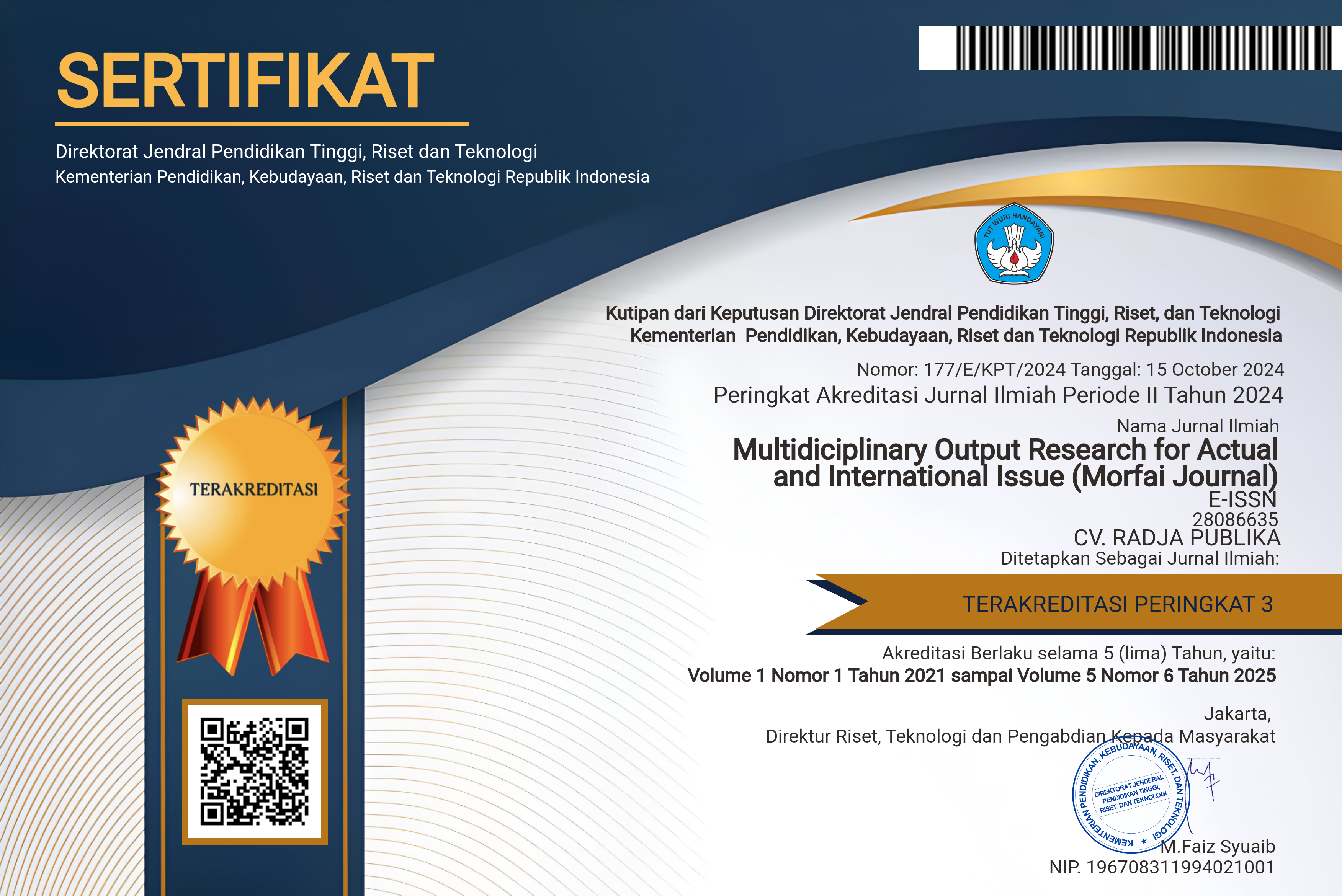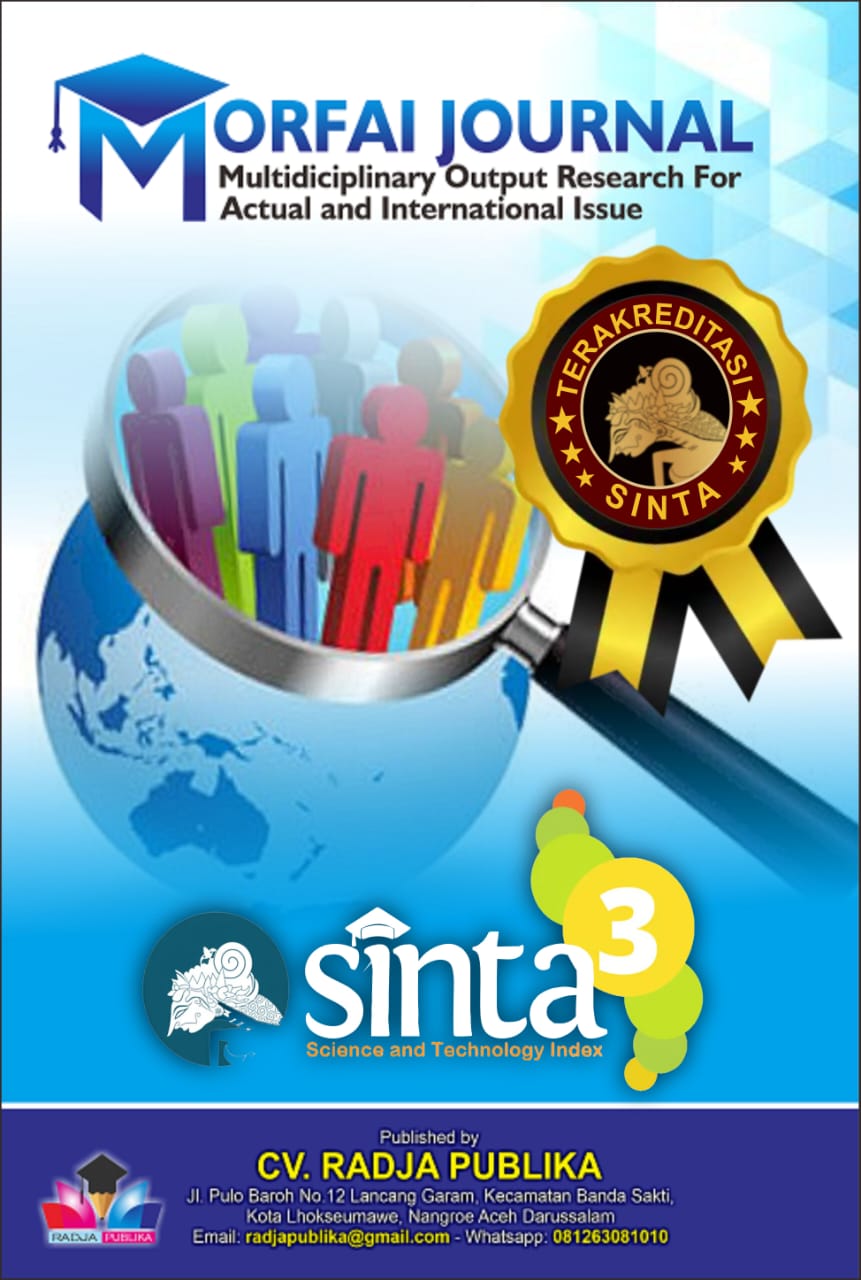SOCIAL NETWORK ANALYSIS OF FAMILY DYNAMICS IN INSTAGRAM REELS COMMENTS ON 'HOME SWEET LOAN'
Main Article Content
Moch Yunus Kholis
Catur Nugroho
This study explores the dynamics of interaction and information distribution regarding public responses to the Moodkative Instagram Reels video discussing the film 'Home Sweet Loan' through social media network analysis in the video's comment column. The background of this study is based on the increasing discussion about the representation of family dynamics and birth order on social media, which indicates the important role of Instagram as a virtual public space for sharing views and experiences. The purpose of this study is to identify key actors, interaction patterns, and how information about family dynamics and birth order flows among Instagram users. The research method uses Social Media Network Analysis (SMNA) with a population of comments on the Instagram Reels video "Home Sweet Loan". Data collection was carried out by crawling data on comments using the Chrome extension "IG Comment Exporter," followed by analysis using Gephi 0.10.1 software. The results of the study show a communication network consisting of 987 nodes and 209 edges with a diameter value of 3, density 0, reciprocity 0, and centralization 0.00001, describing a decentralized network with minimal and one-way interactions. Key actors such as @septarina.gt, @nina_bollo, and @similarity_28 have significant influence in this network, with interaction patterns dominated by responses to their comments. These findings underscore the important role of social media in disseminating information and shaping public opinion on complex social issues such as family dynamics and birth order.
boyd, d. (2007). Why youth social network sites: The role of networked publics in teenage social life. D. Buckingham (Ed.), MacArthur Foundation Series on Digital Learning—Youth, identity, and digital media, 119–142.
DiDomenico, S., Raclaw, J., & Robles, J. (2020). Menghadiri Panggilan Teks Seluler: Mengelola Berbagai Aktivitas Komunikasi di Interaksi Antarpribadi yang Hadir Secara Fisik dan Dimediasi oleh Teknologi. Penelitian Komunikasi(47(5)), 669–700. Diambil kembali dari https://doi.org/10.1177/0093650218803537
Eriyanto. (2021). Analisis Jaringan Media Sosial: Dasar-dasar dan Aplikasi Metode Jaringan Sosial untuk Membedah Percakapan di Media Sosial. Jakarta: Prenada Media.
Freeman, L. (1978). Centrality in social networks conceptual clarification. Social Networks, 1(3), 215-239. Diambil kembali dari https://doi.org/https://doi.org/10.1016/0378-
Hussain, S., Muhammad, L., & Yakubu, A. (2018). Penambangan Data Media Sosial dan DBpedia Menggunakan Gephi dan R. Jurnal Ilmu Komputer Terapan & Matematika(12(1)), 14-20. Diambil kembali dari https://doi.org/10.4316/jacsm.201801002
Jovanica, C., Rahmintaningrum, D., Nuradni, H., & Salsabila, A. (2022). Analisis Pengaruh Aktor Pada Tagar #Roketchina Di Media Sosial Twitter Menggunakan Social Network Analysis (Sna). Jurnal Ilmiah Komunikasi Makna(10(1)), 43. Diambil kembali dari https://doi.org/10.30659/jikm.v10i1.15644
Kraut, R., Kiesler, S., Boneva, B., & Cummings, J. (2002). Internet paradox revisited. Journal of Social Issues(58(1)), 49–74.
Lee, M., & Yoon, H. J. (2020). Ketika Kampanye Iklan Aktivisme Merek Menjadi Viral: Analisis Jaringan Video Always #LikeAGirl di YouTube. Jurnal Internasional Teknologi Budaya Lanjutan(8(2)), 146–158. Diambil kembali dari https://doi.org/10.17703/IJACT.2020.8.2.146
Manago, A. M., Davis, T., Scherrer, K., & Rowley. (2012). Facebook use and the transition to college: Changes in social networking site activity during the first semester. Journal of Adolescent Research(27(6)), 708–730.
McQuail, D. (2010). Teori Komunikasi Massa (Edisi ke-6 ed.). London: SAGE Publication.
Nugroho, C. (2020). Teknologi, Media Baru, dan Disrupsi Informasi (1 ed.). Kencan A.
Nurnafia, A. (2021). Deteksi Pemeran Kunci pada Kelompok Jaringan yang Terbentuk Berdasarkan Pola Interaksi Produk Indihome di Media Sosial Twitter. Jurnal Teknik Informasi dan Teknologi Pendidikan(3(1)), 1-7. Diambil kembali dari https://doi.org/10.26740/jieet.v3n1.p1-7
Pearce, W., & Littlejohn, S. (1997). Moral conflict: When social worlds collide. Caifornia: Sage Publications.
Sulistiyarini, Rosalina, S., & Maspuroh, U. (2024). Analisis Variasi Bahasa Pada Kolom Komentar Akun Instagram @Riaricis1795 Dan Pemanfaatannya Terhadap Pembelajaran Bahasa Indonesia Di SMA Kelas XII. Jurnal Ilmiah Wahana Pendidikan(10(20)). Diambil kembali dari https://jurnal.peneliti.net/index.php/JIWP/article/view/10927/7164
Turkle, S. (1995). Life on the Screen: Identity in the Age of the Internet. Touchstone Book.
Wahyu, A. M., Berto, A. R., & Murwani, E. (2023). Analisis Sentimen Jaringan Pesan Kolom Komentar Video Wonderful. AVANT GARDE, Jurnal Ilmu Komunikasi(10(2)). Diambil kembali dari https://journal.budiluhur.ac.id/index.php/avantgarde/article/download/2011/pdf_79
Wellman, B., Quan Haase, A., Witte, J., & Hampton. (2001). Does the Internet increase, decrease, or supplement social capital? Social networks, participation, and community commitment. American Behavioral Scientist(45(3)), 436–455.









